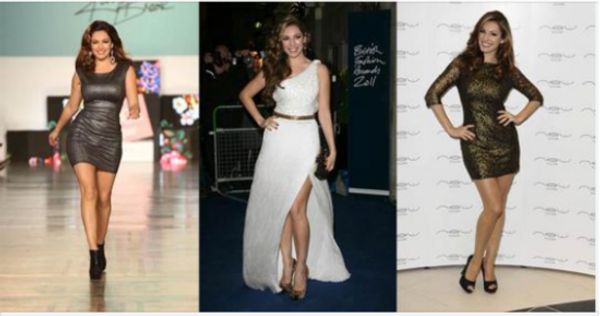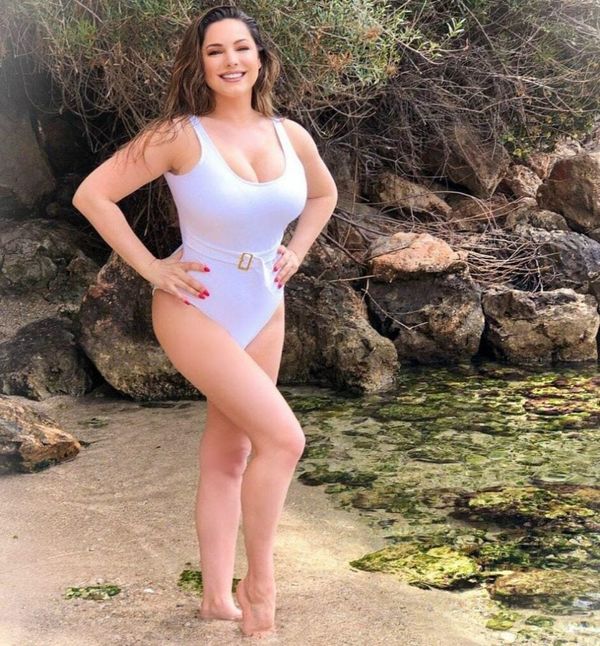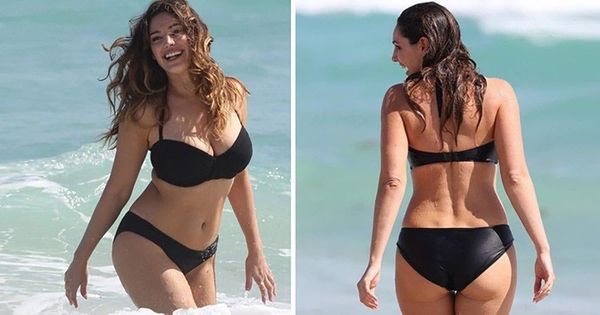
Beauty standards change constantly, and it can be hard to keep up. In the 1950s, being blonde with fair skin like Marilyn Monroe was considered ideal. In the 1960s, slender bodies were in fashion. In the 1980s, sporty and curvaceous women were all the rage. And in the 1990s, thinness and transparent skin were desired.
In the 2000s, the ideal woman was one with big breasts, a large butt, a flat stomach, a small waist, thigh gaps, and flawless skin. Think of celebrities like Beyoncé, Kim Kardashian, Kylie Jenner, and Jennifer Lopez. But the truth is, it doesn’t really matter how these women got their bodies.
Despite the trend for big bottoms and boobs, the fashion and modeling industries still prefer tall, extremely thin women with distinct facial features. But there is hope for change. Arguments are being made to reconsider these unrealistic standards.

According to researchers from the University of Texas, the ideal female figure in the 21st century is 1.68 meters tall, with a 99 cm breast, 63 cm waist, and 91 cm hips. This translates to a height of 5’5″ and bust, waist, and hip measurements of 38.9, 24.8, and 35.8 inches, respectively.
One woman who fits these criteria is English model Kelly Brooks. At 40 years old, Kelly is still a global style icon and has been modeling since she was 16. She was even named FHM’s sexiest woman alive in 2005. Despite being turned down by some agencies for being “too plump,” Kelly is now seen as the epitome of perfection according to science.
But what’s so special about the 99-63-91 measurements? Well, studies have shown that men are attracted to curvier women because it’s unconsciously associated with fertility. The ability to reproduce strongly influences attractiveness, hence the phrase “childbearing hips.” However, a woman’s fertility depends on many factors, not just her body type.
In the modeling industry, models are chosen based on their ability to showcase clothes, not necessarily their beauty. Skinny models are preferred because they don’t distract attention from the clothes. Curvy models, on the other hand, often receive more attention for their bodies rather than the items they’re promoting.
In conclusion, beauty is subjective and constantly changing. We should strive to be comfortable in our own bodies and not conform to unrealistic standards. Imagine how boring the world would be if everyone looked the same. Our diverse body types, skin colors, and facial features are what make us unique and beautiful. So let’s embrace our individuality and love ourselves because we are all perfect in our own way.






